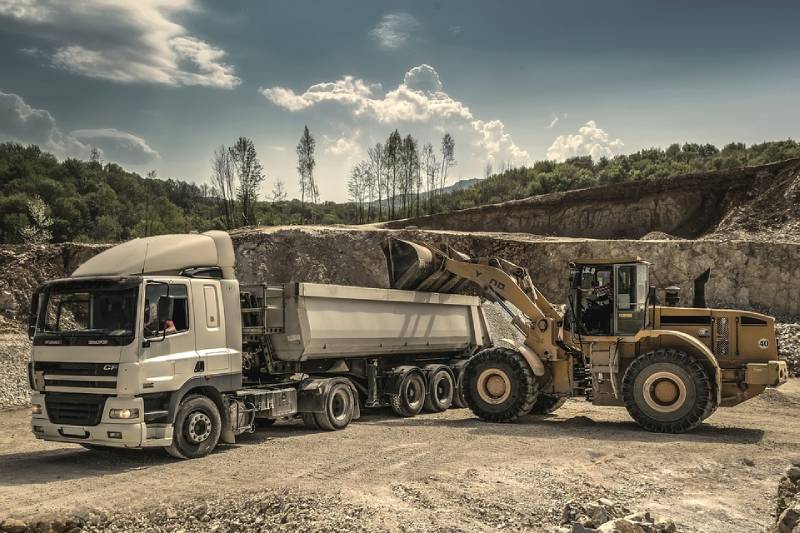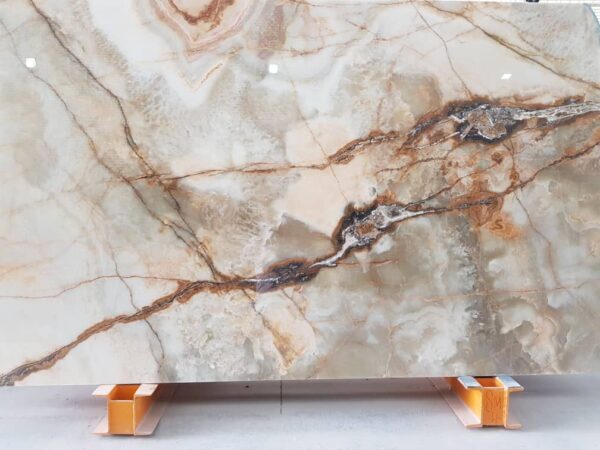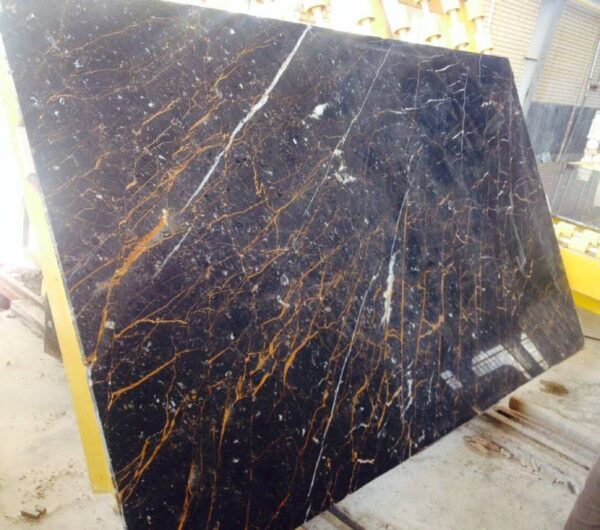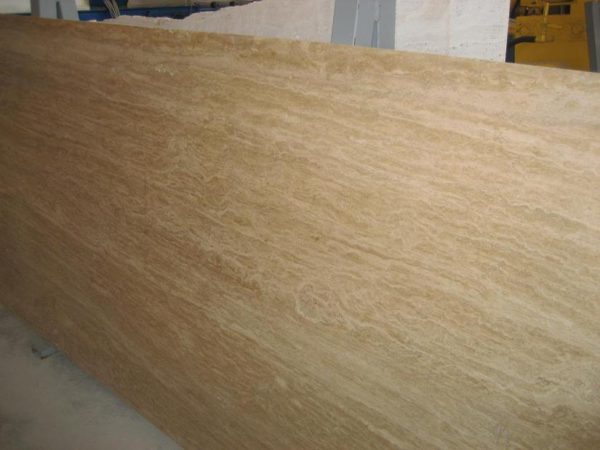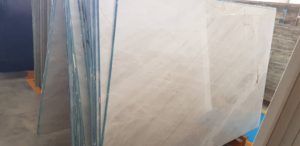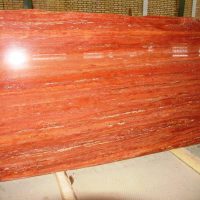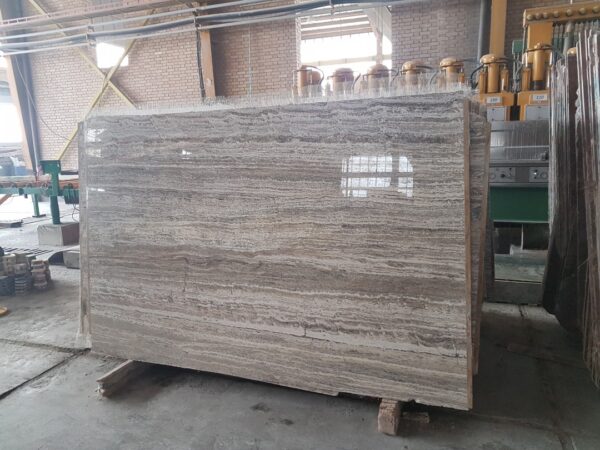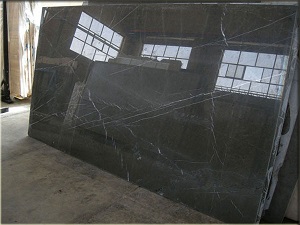Впитывает ли мрамор воду? Комплексное руководство по пористости мрамора
Мрамор — потрясающий и вневременной природный камень, который веками использовался в архитектуре и дизайне.. тем не мение, перед использованием мрамора в вашем доме или коммерческих проектах, очень важно понять его свойства, особенно в отношении водопоглощения. Так, впитывает ли мрамор воду? Ответ: да, но степень и влияние зависят от различных факторов. В этом руководстве будет рассмотрена пористость мрамора., сколько воды он может впитать, и как эффективно защитить мраморные поверхности.
HTTPS://www.rockstone.biz/как упаковать мраморную плитку/
Понимание пористости мрамора
Мрамор — метаморфическая горная порода, состоящая в основном из кальцита., образуется в условиях высокого давления и температуры. Как и многие натуральные камни, мрамор пористый, это значит, что он крошечный, микроскопические поры и капилляры в его структуре. Эти поры могут впитывать жидкости., включая воду. Пористость мрамора варьируется в зависимости от типа мрамора., его конец, и плотность камня.
- Поры мрамора и водопоглощение: Поры мрамора отвечают за его способность впитывать воду.. При воздействии влаги, мрамор может впитывать небольшое количество воды через эти поры.. тем не мение, Скорость впитывания воды мрамором обычно ниже, чем у других натуральных камней..
- Факторы, влияющие на пористость мрамора: Пористость мрамора может варьироваться в зависимости от его геологического образования., минеральный состав, и закончить. Например, полированный мрамор имеет более гладкий вид, менее пористая поверхность, что снижает его способность поглощать воду. С другой стороны, шлифованный или шлифованный мрамор, который имеет матовый финиш, имеет тенденцию быть более пористым и может поглощать больше воды.
Столешницы из мраморного камня Marfil
Сколько воды может поглотить мрамор?
Количество воды, которую может поглотить мрамор, относительно минимально., обычно меньше, чем 0.5% своего веса. тем не мение, даже это небольшое количество может иметь значительные последствия, если не управлять им должным образом..
- Водопоглощение в различных типах мрамора: Разные виды мрамора имеют разную степень пористости.. Например, Каррарский мрамор менее пористый, чем другие виды, такие как Crema Marfil или Emperador.. Понимание конкретного типа мрамора, с которым вы работаете, может помочь вам определить степень его водопоглощения и необходимый уход..
- Влияние водопоглощения на мрамор: Водопоглощение мрамора низкое., это все равно может привести к появлению пятен и обесцвечиванию, особенно если вода содержит минералы, кислоты, или другие загрязнения. Через некоторое время, Воздействие воды также может привести к ослаблению или порче мрамора, если его не герметизировать и не поддерживать должным образом..
- HTTPS://www.rockstone.biz/использовали ли римляне мрамор/
Защита мрамора от повреждения водой
Чтобы ваши мраморные поверхности оставались красивыми и долговечными, важно защитить их от впитывания воды. Вот несколько ключевых стратегий для защиты вашего мрамора:
Герметизация мраморных поверхностей
Герметизация — один из наиболее эффективных способов защиты мрамора от водопоглощения.. Высококачественный герметик для мрамора проникает в поверхность камня и создает защитный барьер., снижение вероятности просачивания воды и других жидкостей в поры. Рекомендуется регулярно герметизировать мраморные поверхности., в зависимости от использования и воздействия влаги.
Правильное содержание и уход
Помимо герметизации, регулярное техническое обслуживание имеет решающее значение для предотвращения повреждения водой. Немедленно убирайте разливы, особенно те, которые содержат кислые вещества, такие как цитрусовые соки или уксус., который может протравить и испачкать мрамор. Используйте подставки, подставки, и коврики для защиты мраморных поверхностей от водяных колец и теплового повреждения..
Подходит ли мрамор для влажных помещений??
Хотя мрамор можно использовать во влажных помещениях, например в ванных комнатах., кухни, и открытые пространства, требует тщательного рассмотрения и обслуживания. Регулярное уплотнение, правильная установка, и тщательный уход гарантируют, что ваши мраморные поверхности выдержат влагу и останутся роскошным дополнением вашего пространства..


